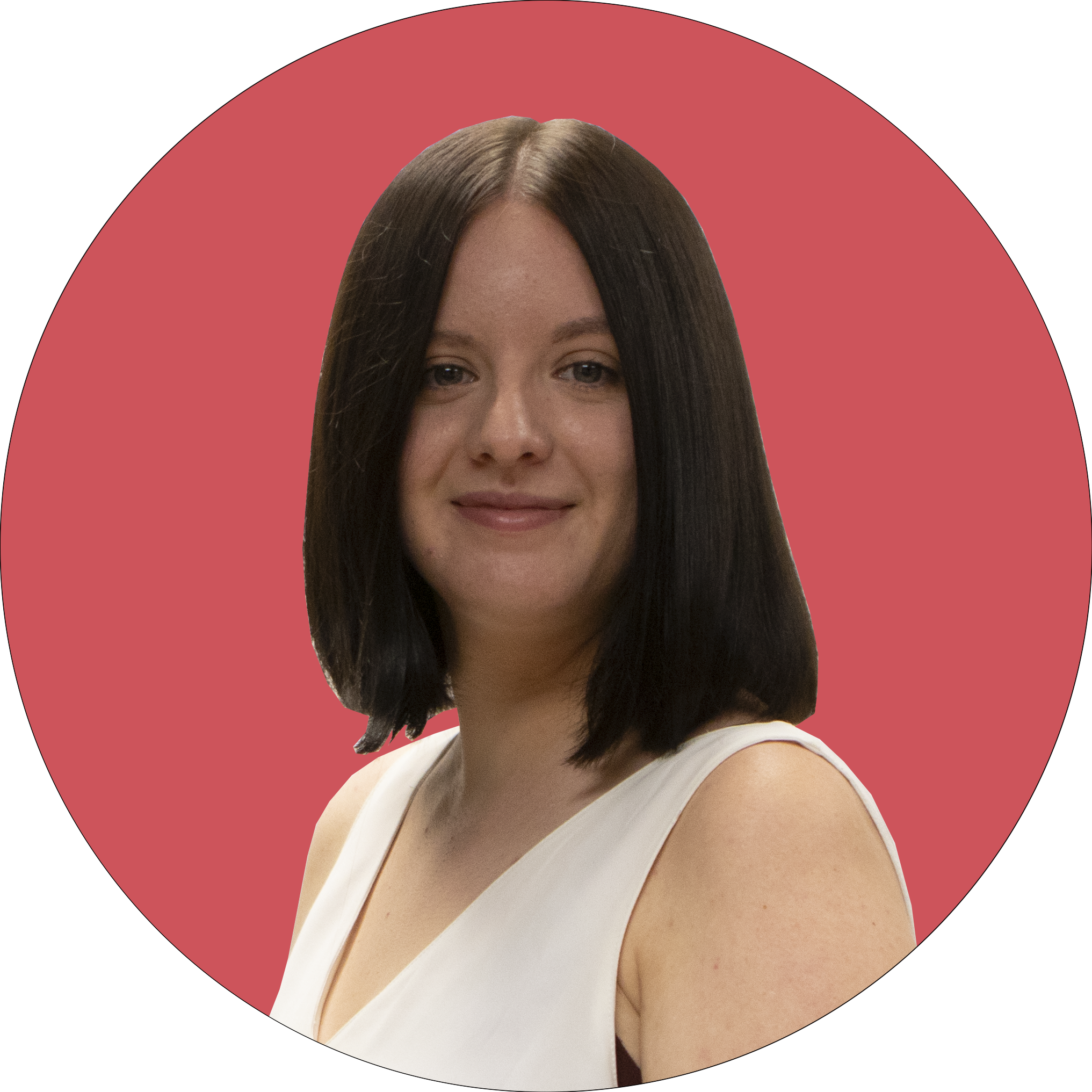NEUDOSE team successfully launches satellite
The first McMaster satellite in space, the neutron dosimetry and exploration satellite will soon begin to collect data in orbit
After four years of work, the McMaster Interdisciplinary Satellite Team launched their satellite as part of the Neutron Dosimetry and Exploration mission. The satellite was launched on Mar. 15 during the SpX-27 resupply mission and it was successfully received by the International Space Station, making it the first McMaster University satellite in space.
Aaron Pitcher, lead systems designer, joined NEUDOSE in 2016 and now manages the technical aspects of the team.
“Being a part of this has enriched [my] schooling . . . given the opportunity to join the team in future missions, I think any student from any discipline could value from that,” said Pitcher.
Amy Ling, engineering manager, joined NEUDOSE in 2018 to apply what she was learning in university in a practical industry context.
“I was looking for a way to keep up technical skills I had learned in first year. . . I liked how NEUDOSE was application based, real industry and research applications, not just for competition or awards,” said Ling.
I was looking for a way to keep up technical skills I had learned in first year. . . I liked how NEUDOSE was application based, real industry and research applications, not just for competition or awards
Amy Ling, engineering manager, NEUDOSE
NEUDOSE is unique because it utilizes a radiation detector to measure the impact of charged and neutral particle radiation separately. In prior radiation detectors, charged and neutral ionizing particles would not be differentiated, despite the fact that neutral particles, called neutrons, and charged particles, called protons and electrons, have different effects on the bodies of astronauts when they interact in outer space.
The research conducted with NEUDOSE could lead to innovation in space suit design for astronauts to better protect their tissue while in space and even applications in radiation treatments for cancer patients.
The satellite was finalized at the Canadian Space Agency to be carefully integrated onto a rocket that could deliver NEUDOSE to the International Space Station before being launched into orbit for data collection. Electrical, friction and fit tests were carefully executed to ensure a successful launch.
"We got to go into the clean room and say goodbye to our satellite that we spent the last four or five years working on . . . that’s the last time anyone will ever see
it before it goes into orbit . . . to see the final product functioning as we expect it
is hugely rewarding and somewhat sad to say goodbye to the satellite that we’ve spent so much time on,” said Pitcher.
We got to go into the clean room and say goodbye to our satellite that we spent the last four or five years working on . . . that’s the last time anyone will ever see
Aaron Pitcher, lead systems designer, NEUDOSE
it before it goes into orbit . . . to see the final product functioning as we expect it
is hugely rewarding and somewhat sad to say goodbye to the satellite that we’ve spent so much time on.
On Mar. 14, the team was able to be at the NASA Kennedy Space Center to see the satellite take off in the SpaceX rocket at 8:30 p.m. and to say one last good-
bye to their work before it reached outer space.
Ling highlighted that it was valuable for her to see the satellite in the space centre environment, rather than in a university context, as she was exposed to relevant career possibilities and had the opportunity to work with experts.
Pitcher says there is still a lot to be done before satellite can be used to collect data. Down here, on the top of the Engineering Technology Building, the ground station will be set up to connect to the satellite in orbit.
NEUDOSE is on track to begin collecting data in a few months when it will spend its lifetime of nine to twelve months in orbit. This historic satellite is only the first of its kind. When NEUDOSE is no longer in orbit, the team will focus on their next satellite, which they have already applied to launch with the CSA. To track the progress of NEUDOSE, visit their Instagram page.


